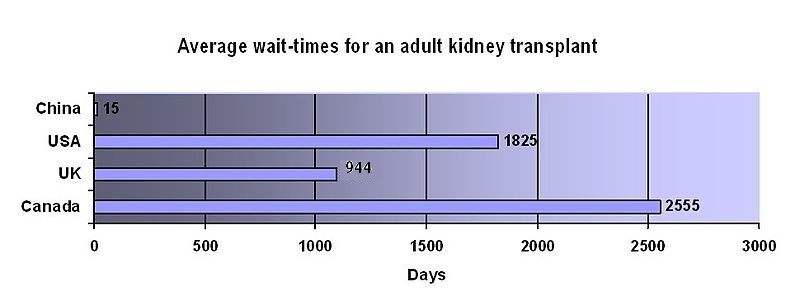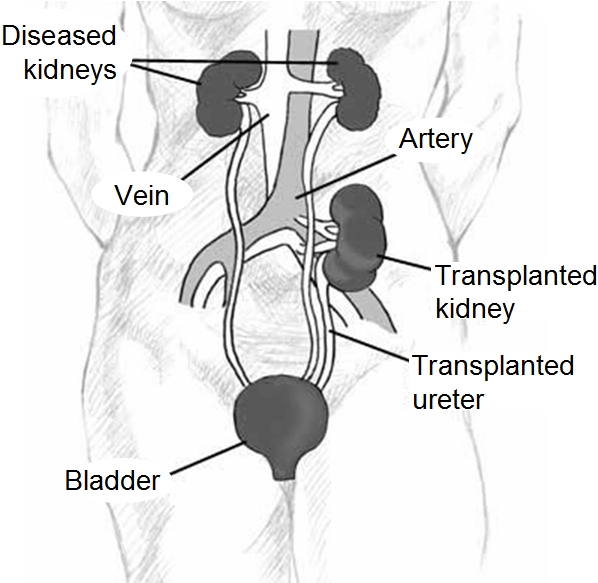It is estimated that on average, an end-stage renal disease patient has to wait for at least two to three years before getting a kidney transplant. The longer the patient has to stay on dialysis before receiving a transplant, the greater are the chances of a reduction in the success rate of the procedure.
On the other hand, a successful kidney transplant procedure can offer a new lease of life to such patients. It is said that a successful procedure can end up doubling up the life expectancy of an end-stage renal patient and others on dialysis and in a desperate need of a kidney.
The kidney transplant waiting time, however, seems to have reduced in certain parts of the world. For example, a report recently published by the NHS Blood and Transplant (NHSBT) suggests that the kidney transplant waiting time has reduced by almost 18 percent. The patients had to wait for, on an average, 1,153 days before getting a kidney transplant. But the number has reduced to 944 days now.
One of the major problems associated with the number of patients on the kidney transplant waiting list is that many of them die during the years that they have to wait to get an organ transplant. The people on the list include those who just need a kidney and even those who need a kidney in addition to another organ transplant.

Another major problem is the number of liver or deceased donors available in a country. While a majority of people respond “yes” when they are asked about donating one of their organs for the welfare of the others, only 20 or 30 percent of them actually end up committing this noble act.
This further adds to the existing problems of the people in the kidney transplant waiting list by state. The less number of donated kidneys means that patients are bound to wait for years before finally receiving a kidney transplant when a new donor is available.
Increasing the number of donors in a country is one of some possible ways through which the shortage of kidneys for transplant can be tackled. This is what helped the NHS reduce kidney transplant waiting time in the country.
But still, the shortage of organs still persists in certain countries, especially the UK and the US and many of the end-stage renal patients die early simply because they do not receive transplanted kidney on time.
Another option for people on the kidney transplant waiting list and their relative is to move the patient to a country where the waiting time is less. This job is especially done well be medical tourism service facilitators such as Lyfboat, who delves on the mere idea of providing quality and timely medical services to patients from around the world.

Medical facilitators work by acting as an interface between the medical tourist and the medical service provider such as a hospital or a clinic. The facilitator takes care of your medical needs, suggests hospitals and doctors, provide an estimate, books an online consultation and face-to-face appointment, settles down boarding and lodging needs, and manages follow-up sessions.
These medical facilitators give a medical tourist traveling from the other part of the world every opportunity to take a second opinion or choose some of the best medical experts or hospital in a country for medical treatment, that too at the best available cost.
For example, it is estimated that hundreds of people from abroad travel to India for a kidney transplant. One of the major reasons behind the decision to travel to India is that the cost of kidney transplant in India is a fraction of what it costs in the Western countries. In addition, the kidney transplant waiting list for a kidney transplant in India is comparatively less than other countries, and the procedure can be conducted right away if you know a healthy or a deceased donor.
If patients and their families can continue to take help from such medical facilitators to plan their medical trip and get the kidney transplant done, then it is very much possible to save the lives of 13 people every day, those who die while waiting to undergo transplant.
Images reference: https://commons.wikimedia.org


 proccessing your request...
proccessing your request...
Comments